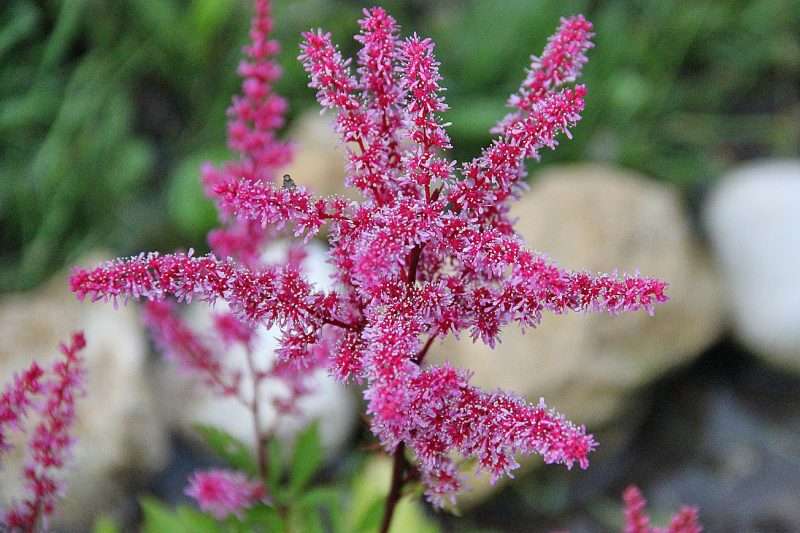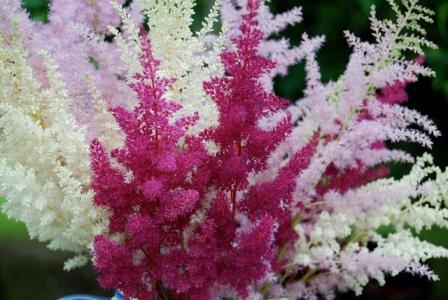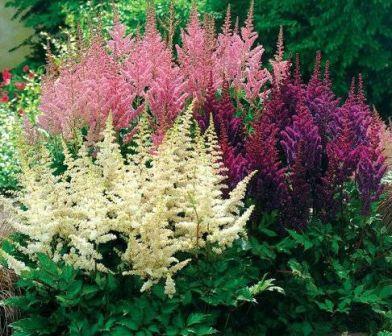 If you want to cheer up your garden with bright colors - be sure to pay attention to such a wonderful plant as astilba, planting and care in the open ground are simple, the photo is impressive! So, let's deal with this beauty, what is it, is it demanding and capricious, or simple and stately?
If you want to cheer up your garden with bright colors - be sure to pay attention to such a wonderful plant as astilba, planting and care in the open ground are simple, the photo is impressive! So, let's deal with this beauty, what is it, is it demanding and capricious, or simple and stately?
Disease and Care
Astilba is distinguished by lush lush flowering, and even unpretentious, does not require much personal care, water in moderation, and that's all it needs. Well, where else to get such a wonderful plant? In addition, it is practically immune to diseases, grows for itself and pleases the eye with its beauty. Is that the nematode clings, and the bushes can be destroyed, and the drooling pennies can disturb her. Here it is urgent to take measures, so as not to lose such beauty.
Read more: calendula - growing from seeds when to plant.
And one must take into account the peculiarities of the varieties - some love the sun, others prefer partial shade. He loves the soil moist, drainage, except for water, perhaps, and does not require anything from his owners. Nourish once in the spring, when transplanting, give her phosphorus and potassium, add bone meal, and add minerals in the fall, that's all care.
Tip: so that lush flowering pleases you for a long time - try to feed astilbe with phosphorus when it blooms, and then add potassium to it, after flowering, so that you gain strength over the winter.
Landing
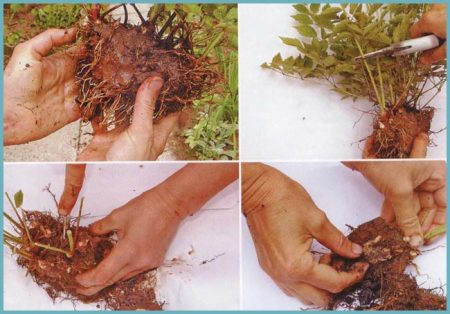
It is best to plant an astilbe by dividing the bushes. After digging up an adult bush in spring, the foliage is cut, then carefully cut into parts of it, so that each has several buds. It is cleaned of everything that has rotted and dried out, and the resulting material is planted in the garden every 30 cm. It is good to water it until the roots grow, as it should, and by autumn the bushes have already grown and will bloom.
Another good way is to multiply by the kidneys. In the spring, as everything goes into growth, cut off the young shoots, capturing the heel of the root, sprinkle the wound with ash. In the prepared soil with peat and gravel, add the young animals and cover them in the form of a greenhouse so that they take root more quickly. And in the fall, simply transplanted to the right place, or even before spring, you can wait.
Take a look: growing seedlings in plastic bottles on toilet paper.
They also plant seeds, but in rare cases, more breeders do this; at home, there will be no particular use in sowing astilbe. If hunting by seeds, yes, there is good material - first stratify the seeds - send a couple of weeks in the refrigerator or in the snow, and then germinate. And watch that the humidity is high, then the seeds will germinate better. You need to do this in the winter, if you want to transfer the seedlings to the ground by spring.
Advice
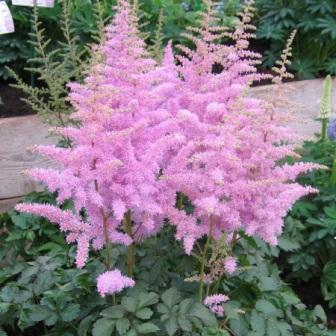
When you plant an astilbe, select the depth of the pit according to the size of the root - it should fit into the dug pit freely, while you must try not to sprinkle the growth point with the ground. It is also advised to throw the hydrogel into the pit before planting, so that it retains the moisture necessary for this beauty, without it, it will turn sour, fade, and refuse to bloom.
As the astilbe grows, look if the bush has grown and a part of the root has been exposed - be sure to mulch it, which, by the way, will help the plant not freeze in winter.
See also: pepper planting for seedlings in 2016.

